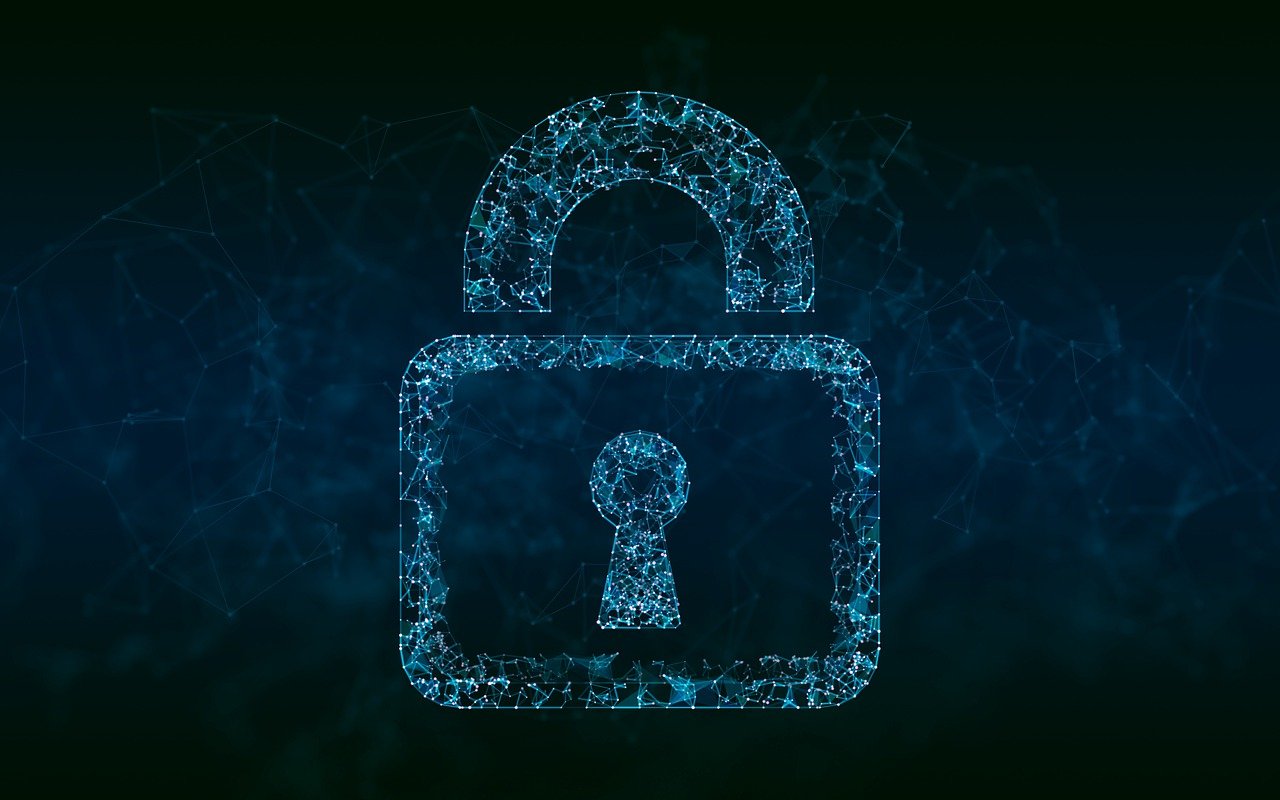· 1 min read
What is Facial Liveness Detection | Definition and Meaning

Facial Liveness Detection is a biometric security measure used to verify that the person presenting a face for authentication is a real, live person and not a photograph or other kind of artificial representation. It is designed to prevent spoofing attacks, in which someone might try to gain access to a secure system by presenting a false representation of their identity (e.g. a photograph of someone else). Facial liveness detection typically works by monitoring key physiological characteristics of the face, such as the position of the eyes, or the movement of facial muscles, presented via liveness detection selfie. If the system detects any irregularities or anomalies, it will alert the user that the identity presented is not genuine. Typically implemented as active liveness detection and passive liveness detection.

